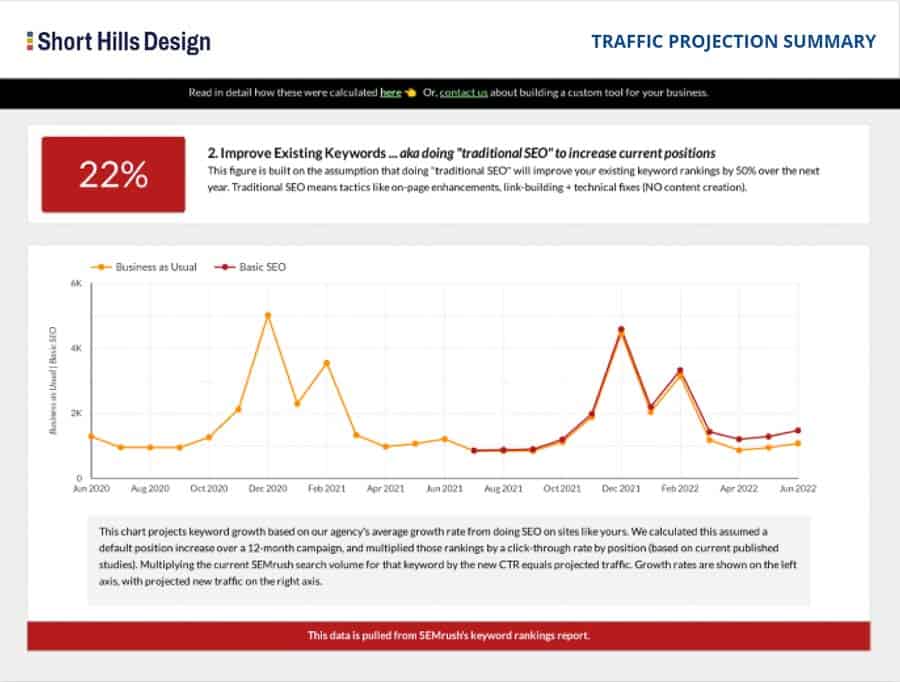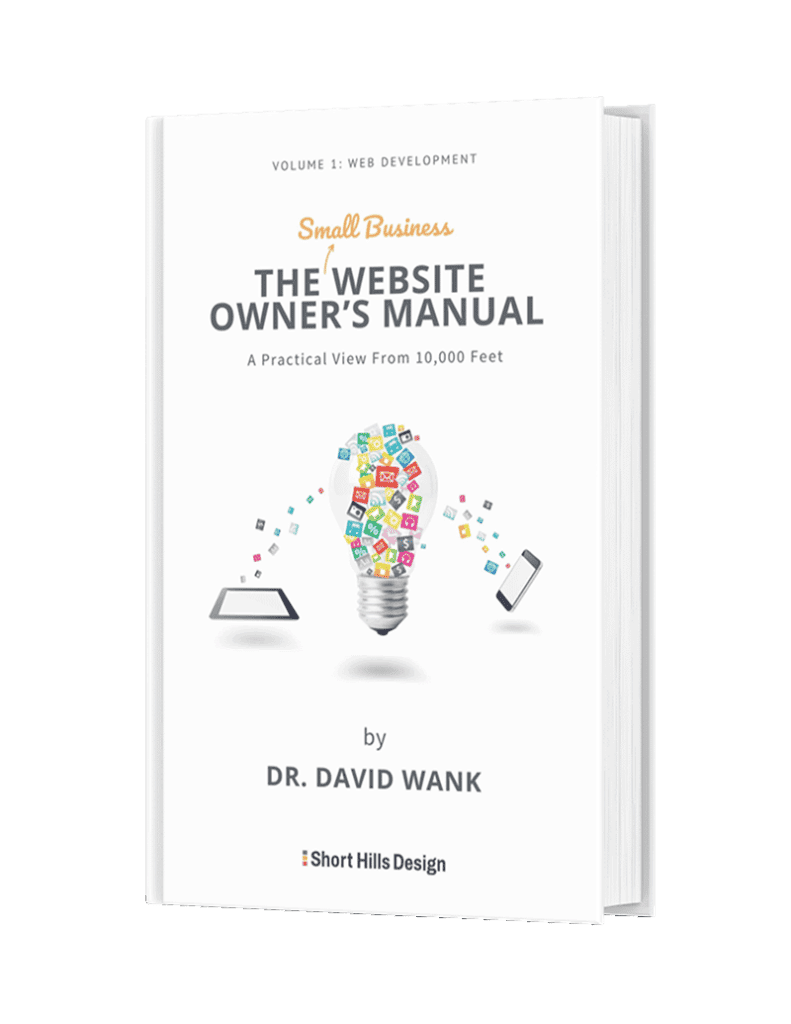
“For the time being, tech SEO’s and the developer community…[and website owners are]… stuck having to “fix” what isn’t broken in order to make it abide to Google’s idea of what the web should look like”.
Core Web Vitals is the name given to the group of Google’s three main measurements of a website’s user experience, and this assessment will be going live this summer as a search engine ranking factor. As these parameters are technical in nature and the documentation is geared more for developers as opposed to business owners, I will be writing in depth in the very near future about web vitals from practical standpoint, so those of you who are interested in learning more can do so. For reference, these measurements are: Largest Contentful Paint (LCP), First Input Delay (FID), and Cumulative Layout Shift (CLS).
Because these Core Web Vitals measurements will be ranking factors for search engine listings, we will need to:
(a) evaluate where your website currently stands
(b) determine what if any changes need to be made
(c) implement these changes and
(d) keep an eye on the site to make sure things stay stable, as Google intends to include more parameters in the future in their assessment.
My team and I are working to determine the best way for us to provide you with Core Web Vitals compliance at a reasonable and affordable fee for our clients. As it appears that Google is now focusing on engagement (whereas with SSL they first focused on security), we want to make sure that all engagement-related website parameters are addressed, improved, and monitored.
Probably not, although it depends upon how old your website is and the level of competition in your geographic area. Remember, every website is built as a balance between form (esthetics) and function, and as developers and designers we have leeway in achieving this balance to meet the specific needs of our clients and, in turn, the customers you serve. Some businesses might want a subtle animation as the page scrolls, whereas other businesses would never want to implement these visual changes. At the end of the day, it should be up to you as the website owner which direction you wish to pursue, and up to us as your web team to help you implement your goals in the best way – not Google.
WordPress and the other content management systems and web platforms (Drupal, Joomla, Wix, etc.) are coded with the needs of their customers in mind (you) - and not Google. Thus, these systems were never built to meet Google’s Core Web Vitals standards.
An article in Search Engine Journal said it well:
“There’s nothing wrong with WordPress because Google said there’s something wrong”.
They continue:
“For the time being, tech SEO’s and the developer community…[and website owners are]… stuck having to “fix” what isn’t broken in order to make it abide to Google’s idea of what the web should look like”.
In the coming days and weeks, I will have more information about the options we will be offering in order to help you achieve success with Core Web Vitals, and whether or not it makes sense for you to spend the time and money on these updates.
What I can tell you is that our solution will involve a combination of:
As always, if you have any questions in the meantime, please don’t hesitate to ask!

